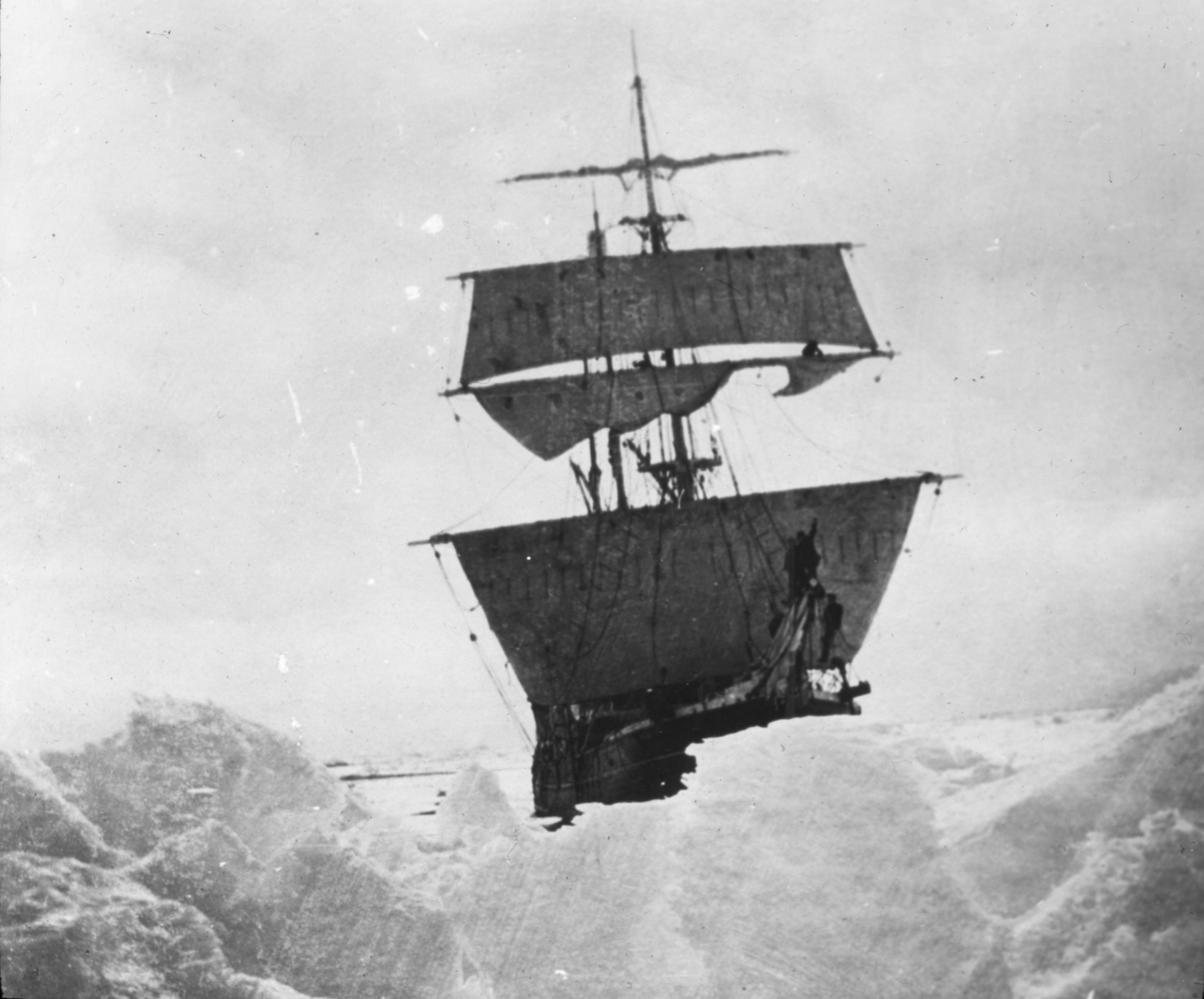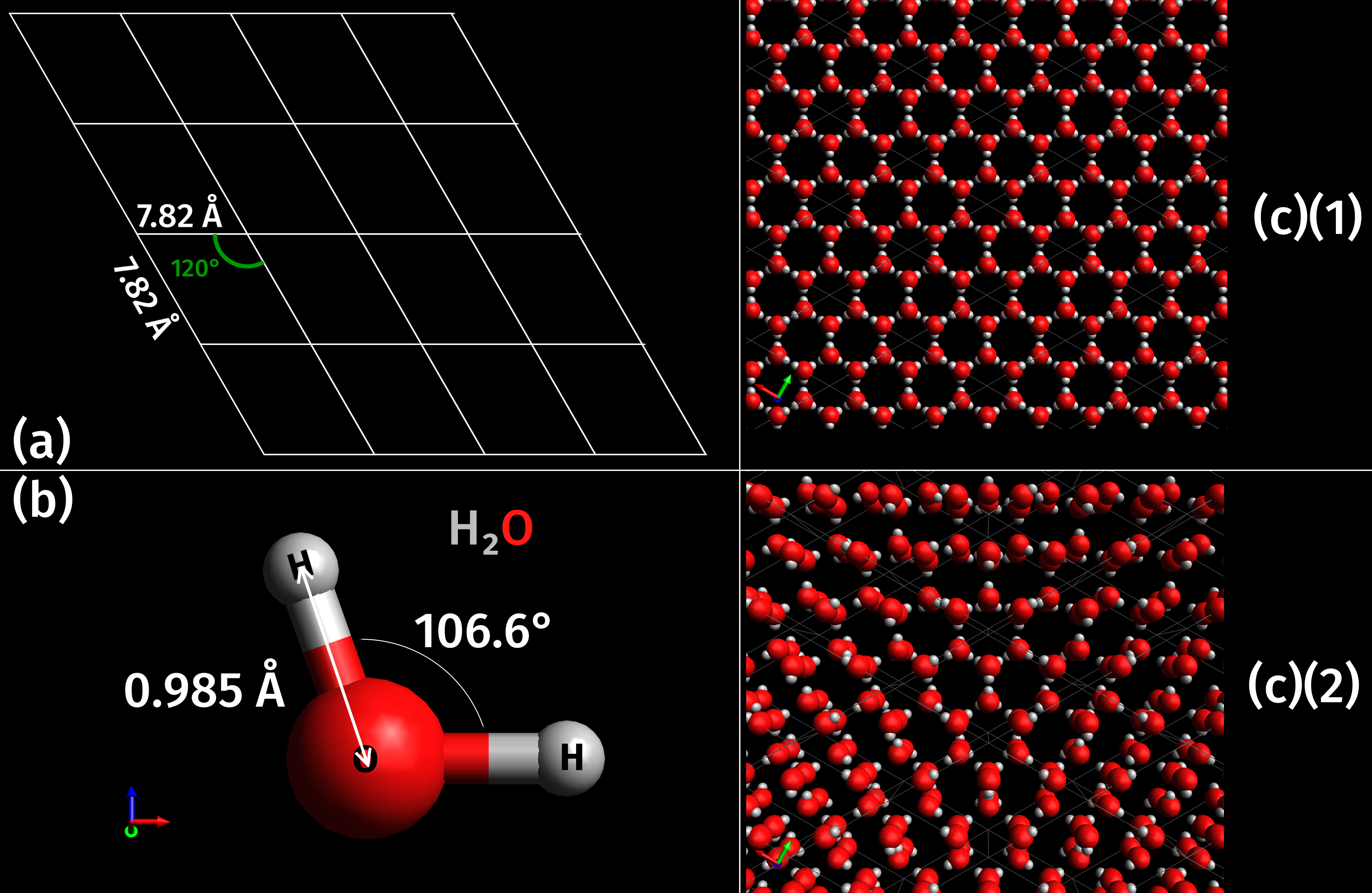|
Cheetham Ice Tongue
Cheetham Ice Tongue () is a small ice tongue on the east coast of Victoria Land between Lamplugh Island and Whitmer Peninsula. It projects eastward into the Ross Sea. The tongue appears to be nourished in part by Davis Glacier and partly by ice draining from Lamplugh Island and Whitmer Peninsula. It was first charted by the British Antarctic Expedition, 1907–09, under Shackleton, and named by him for Alfred B. Cheetham Alfred may refer to: Arts and entertainment *''Alfred J. Kwak'', Dutch-German-Japanese anime television series * ''Alfred'' (Arne opera), a 1740 masque by Thomas Arne * ''Alfred'' (Dvořák), an 1870 opera by Antonín Dvořák *"Alfred (Interlu ..., third officer on the ''Nimrod''. References * Ice tongues of Antarctica Landforms of Victoria Land Scott Coast {{ScottCoast-geo-stub ... [...More Info...] [...Related Items...] OR: [Wikipedia] [Google] [Baidu] |
Ice Tongue
An ice tongue is a long and narrow sheet of ice projecting out from the coastline. An ice tongue forms when a valley glacier moves very rapidly (relative to surrounding ice) out into the ocean or a lake. They can gain mass from water freezing at their base, or by snow falling on top of them. Mass is then lost by calving or by melting. Ice tongues can range in length from to . Icebergs are often formed when ice tongues break off in part or wholly from the main glacier. Two examples of ice tongues are the Erebus Ice Tongue The Erebus Ice Tongue (more often called "Erebus Glacier Tongue") is a mountain outlet glacier and the seaward extension of Erebus Glacier from Ross Island. It projects into McMurdo Sound from the Ross Island coastline near Cape Evans, Antarct ... and the Drygalski Ice Tongue. References * Bodies of ice Glaciers {{glaciology-stub ... [...More Info...] [...Related Items...] OR: [Wikipedia] [Google] [Baidu] |
Victoria Land
Victoria Land is a region in eastern Antarctica which fronts the western side of the Ross Sea and the Ross Ice Shelf, extending southward from about 70°30'S to 78°00'S, and westward from the Ross Sea to the edge of the Antarctic Plateau. It was discovered by Captain James Clark Ross in January 1841 and named after Queen Victoria. The rocky promontory of Minna Bluff is often regarded as the southernmost point of Victoria Land, and separates the Scott Coast to the north from the Hillary Coast of the Ross Dependency to the south. The region includes ranges of the Transantarctic Mountains and the McMurdo Dry Valleys (the highest point being Mount Abbott in the Northern Foothills), and the flatlands known as the Labyrinth. The Mount Melbourne is an active volcano in Victoria Land. Early explorers of Victoria Land include James Clark Ross and Douglas Mawson. In 1979, scientists discovered a group of 309 meteorites A meteorite is a solid piece of debris from an ... [...More Info...] [...Related Items...] OR: [Wikipedia] [Google] [Baidu] |
Lamplugh Island
Lamplugh Island () is an ice-capped island, long, lying north of Whitmer Peninsula, along the coast of Victoria Land, Antarctica. This feature was first sighted by the British National Antarctic Expedition, 1901–04, led by Robert Falcon Scott, but it was first charted as an island by the British Antarctic Expedition, 1907–09 under Ernest Shackleton. It was named by Shackleton for G.W. Lamplugh George William Lamplugh (8 April 1859 – 9 October 1926) was a British geologist. He was elected a Fellow of the Royal Society in 1905 and won the Wollaston Medal of the Geological Society in 1925. He was awarded the Bigsby Medal in 1901. Lam ..., who gave assistance to the expedition. See also * List of antarctic and sub-antarctic islands * Cape Irizar References Islands of Victoria Land Scott Coast {{ScottCoast-geo-stub ... [...More Info...] [...Related Items...] OR: [Wikipedia] [Google] [Baidu] |
Whitmer Peninsula
Whitmer Peninsula () is a broad ice-capped peninsula, about 7 nautical miles (13 km) long and wide, between Cheetham Ice Tongue and Harbord Glacier Tongue on the coast of Victoria Land. Mapped by United States Geological Survey (USGS) from surveys and U.S. Navy air photos, 1957–62. Named by Advisory Committee on Antarctic Names (US-ACAN) for Lieutenant (j.g.) R.D. Whitmer, U.S. Navy, who wintered over at Williams Field, McMurdo Sound McMurdo Sound is a sound in Antarctica. It is the southernmost navigable body of water in the world, and is about from the South Pole. Captain James Clark Ross discovered the sound in February 1841, and named it after Lt. Archibald McMurdo of ..., in 1956. He returned to Antarctica with U.S. Naval Construction Battalion units during Deep Freeze 1966 and 1967. Peninsulas of Antarctica Landforms of Victoria Land Scott Coast {{ScottCoast-geo-stub ... [...More Info...] [...Related Items...] OR: [Wikipedia] [Google] [Baidu] |
Ross Sea
The Ross Sea is a deep bay of the Southern Ocean in Antarctica, between Victoria Land and Marie Byrd Land and within the Ross Embayment, and is the southernmost sea on Earth. It derives its name from the British explorer James Clark Ross who visited this area in 1841. To the west of the sea lies Ross Island and Victoria Land, to the east Roosevelt Island and Edward VII Peninsula in Marie Byrd Land, while the southernmost part is covered by the Ross Ice Shelf, and is about from the South Pole. Its boundaries and area have been defined by the New Zealand National Institute of Water and Atmospheric Research as having an area of . The circulation of the Ross Sea is dominated by a wind-driven ocean gyre and the flow is strongly influenced by three submarine ridges that run from southwest to northeast. The circumpolar deep water current is a relatively warm, salty and nutrient-rich water mass that flows onto the continental shelf at certain locations. The Ross Sea is covered with ... [...More Info...] [...Related Items...] OR: [Wikipedia] [Google] [Baidu] |
Davis Glacier
Lamplugh Island () is an ice-capped island, long, lying north of Whitmer Peninsula, along the coast of Victoria Land, Antarctica. This feature was first sighted by the British National Antarctic Expedition, 1901–04, led by Robert Falcon Scott, but it was first charted as an island by the British Antarctic Expedition, 1907–09 under Ernest Shackleton. It was named by Shackleton for G.W. Lamplugh George William Lamplugh (8 April 1859 – 9 October 1926) was a British geologist. He was elected a Fellow of the Royal Society in 1905 and won the Wollaston Medal of the Geological Society in 1925. He was awarded the Bigsby Medal in 1901. Lam ..., who gave assistance to the expedition. See also * List of antarctic and sub-antarctic islands * Cape Irizar References Islands of Victoria Land Scott Coast {{ScottCoast-geo-stub ... [...More Info...] [...Related Items...] OR: [Wikipedia] [Google] [Baidu] |
British Antarctic Expedition, 1907–09
The ''Nimrod'' Expedition of 1907–1909, otherwise known as the British Antarctic Expedition, was the first of three successful expeditions to the Antarctic led by Ernest Shackleton and his second expedition to the Antarctic. Its main target, among a range of geographical and scientific objectives, was to be first to the South Pole. This was not attained, but the expedition's southern march reached a Farthest South latitude of 88° 23' S, just from the pole. This was by far the longest southern polar journey to that date and a record convergence on either Pole. A separate group led by Welsh Australian geology professor Edgeworth David reached the estimated location of the South Magnetic Pole, and the expedition also achieved the first ascent of Mount Erebus, Antarctica's second highest volcano. The expedition lacked governmental or institutional support, and relied on private loans and individual contributions. It was beset by financial problems and its preparations ... [...More Info...] [...Related Items...] OR: [Wikipedia] [Google] [Baidu] |
Alfred B
Alfred may refer to: Arts and entertainment *'' Alfred J. Kwak'', Dutch-German-Japanese anime television series * ''Alfred'' (Arne opera), a 1740 masque by Thomas Arne * ''Alfred'' (Dvořák), an 1870 opera by Antonín Dvořák *"Alfred (Interlude)" and "Alfred (Outro)", songs by Eminem from the 2020 album '' Music to Be Murdered By'' Business and organisations * Alfred, a radio station in Shaftesbury, England * Alfred Music, an American music publisher * Alfred University, New York, U.S. * The Alfred Hospital, a hospital in Melbourne, Australia People * Alfred (name) includes a list of people and fictional characters called Alfred * Alfred the Great (848/49 – 899), or Alfred I, a king of the West Saxons and of the Anglo-Saxons Places Antarctica * Mount Alfred (Antarctica) Australia * Alfredtown, New South Wales * County of Alfred, South Australia Canada * Alfred and Plantagenet, Ontario * Alfred Island, Nunavut * Mount Alfred, British Columbia United States * Al ... [...More Info...] [...Related Items...] OR: [Wikipedia] [Google] [Baidu] |
Nimrod (ship)
''Nimrod'' was a wooden-hulled, three-masted sailing ship with auxiliary steam engine that was built in Scotland in 1867 as a whaler. She was the ship with which Ernest Shackleton made his ''Nimrod'' Expedition to Antarctica in 1908–09. After the expedition she returned to commercial service, and in 1919 she was wrecked in the North Sea with the loss of ten members of her crew. Building and registration Alexander Stephen and Sons built ''Nimrod'' in Dundee. Her launch date is not recorded, but she was completed in January 1867. Her registered length was , her beam was and her depth was . Her tonnages were and . She was rigged as a schooner. She had a single screw, driven by a 50 hp steam engine built by Gourlay Brothers of Dundee. Her principal owner was Thomas B Job, who registered her at Liverpool. Her United Kingdom official number was 55047. They used her for whaling and seal hunting. By 1874 ''Nimrod'' was rigged as a barquentine. By 1888 her owners were listed as ... [...More Info...] [...Related Items...] OR: [Wikipedia] [Google] [Baidu] |
Ice Tongues Of Antarctica
Ice is water frozen into a solid state, typically forming at or below temperatures of 0 degrees Celsius or Depending on the presence of impurities such as particles of soil or bubbles of air, it can appear transparent or a more or less opaque bluish-white color. In the Solar System, ice is abundant and occurs naturally from as close to the Sun as Mercury to as far away as the Oort cloud objects. Beyond the Solar System, it occurs as interstellar ice. It is abundant on Earth's surfaceparticularly in the polar regions and above the snow lineand, as a common form of precipitation and deposition, plays a key role in Earth's water cycle and climate. It falls as snowflakes and hail or occurs as frost, icicles or ice spikes and aggregates from snow as glaciers and ice sheets. Ice exhibits at least eighteen phases ( packing geometries), depending on temperature and pressure. When water is cooled rapidly (quenching), up to three types of amorphous ice can form depending on its his ... [...More Info...] [...Related Items...] OR: [Wikipedia] [Google] [Baidu] |
Landforms Of Victoria Land
A landform is a natural or anthropogenic land feature on the solid surface of the Earth or other planetary body. Landforms together make up a given terrain, and their arrangement in the landscape is known as topography. Landforms include hills, mountains, canyons, and valleys, as well as shoreline features such as bays, peninsulas, and seas, including submerged features such as mid-ocean ridges, volcanoes, and the great ocean basins. Physical characteristics Landforms are categorized by characteristic physical attributes such as elevation, slope, orientation, stratification, rock exposure and soil type. Gross physical features or landforms include intuitive elements such as berms, mounds, hills, ridges, cliffs, valleys, rivers, peninsulas, volcanoes, and numerous other structural and size-scaled (e.g. ponds vs. lakes, hills vs. mountains) elements including various kinds of inland and oceanic waterbodies and sub-surface features. Mountains, hills, plateau ... [...More Info...] [...Related Items...] OR: [Wikipedia] [Google] [Baidu] |





.jpg)